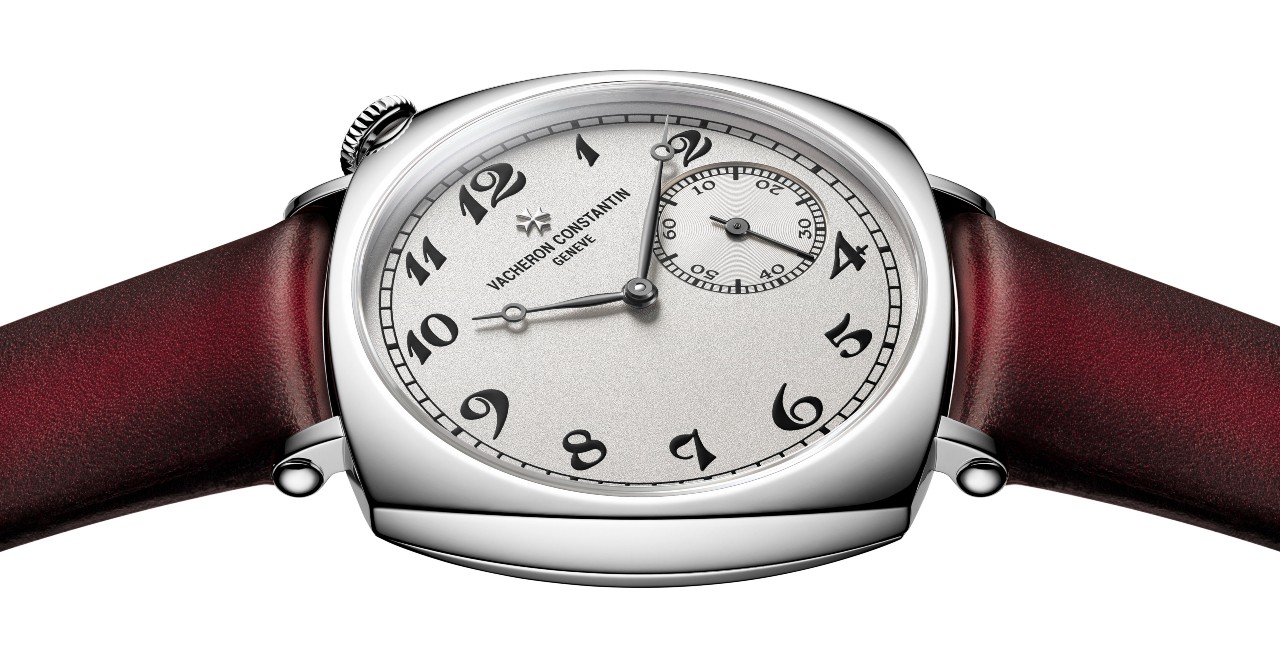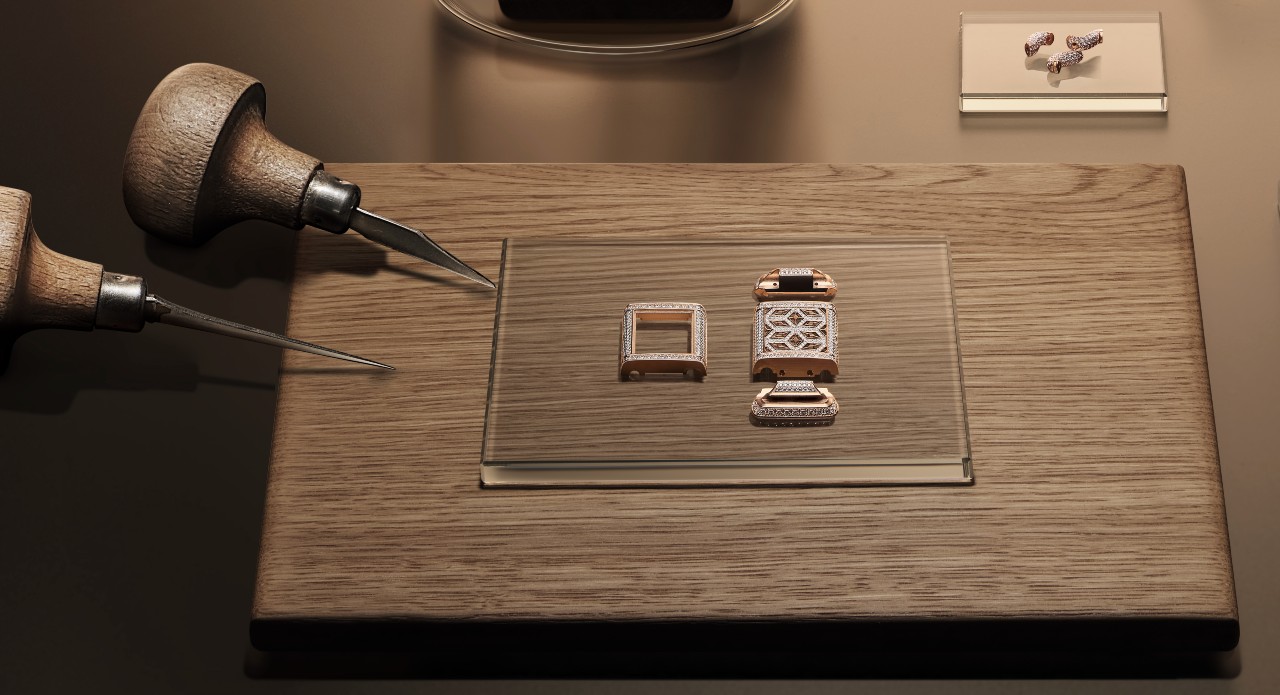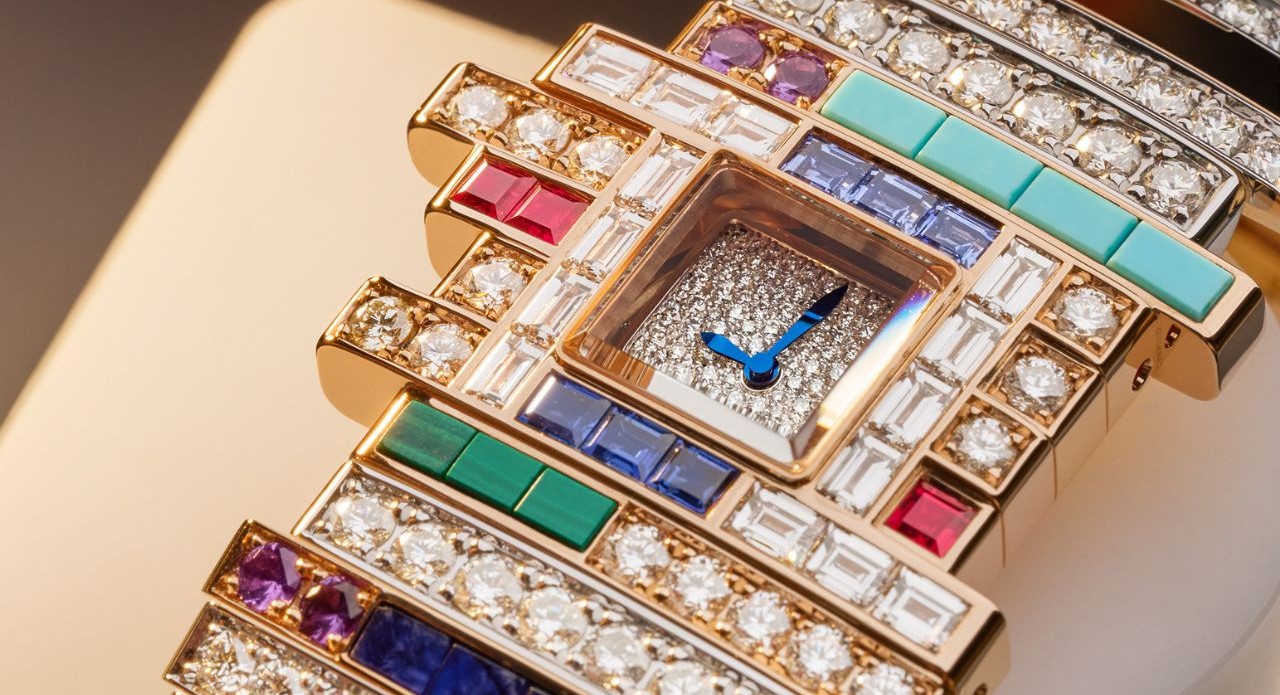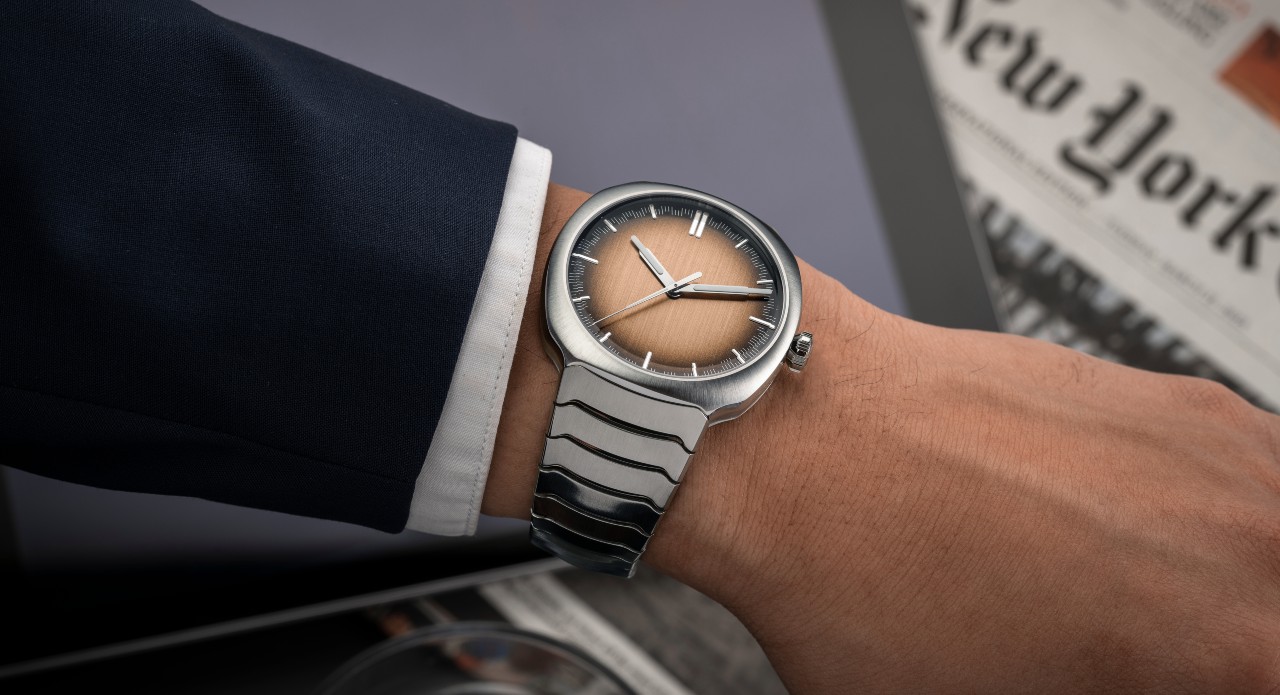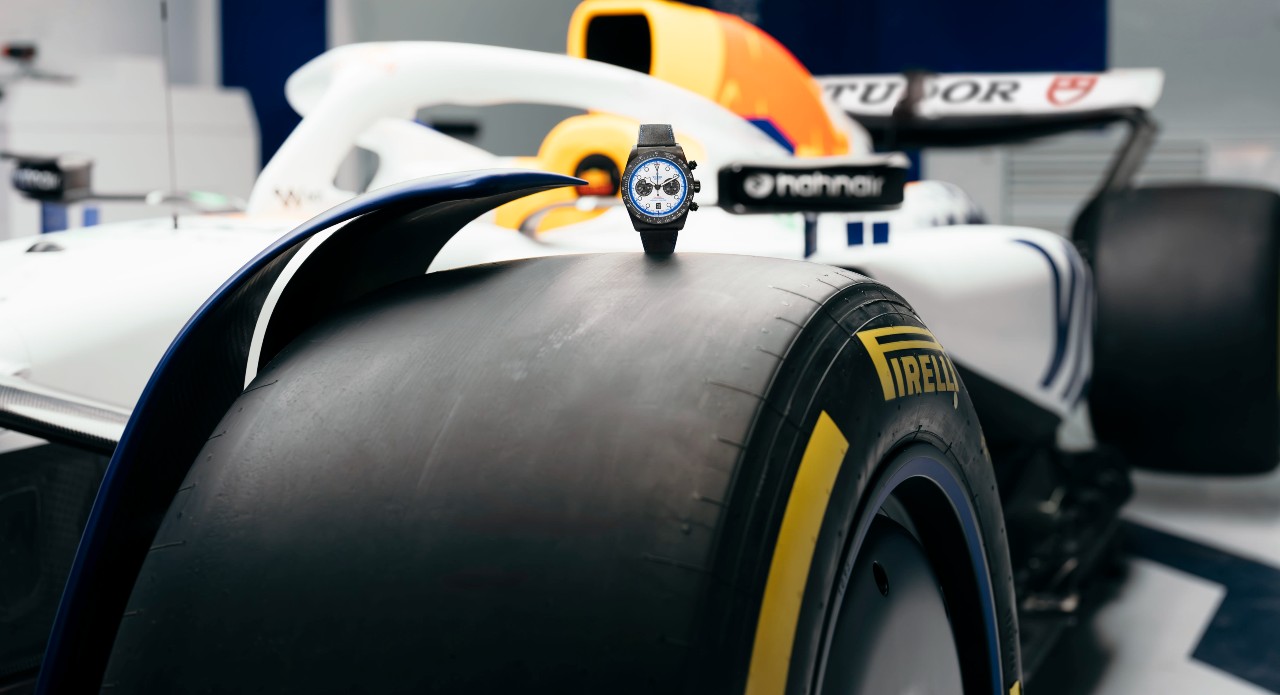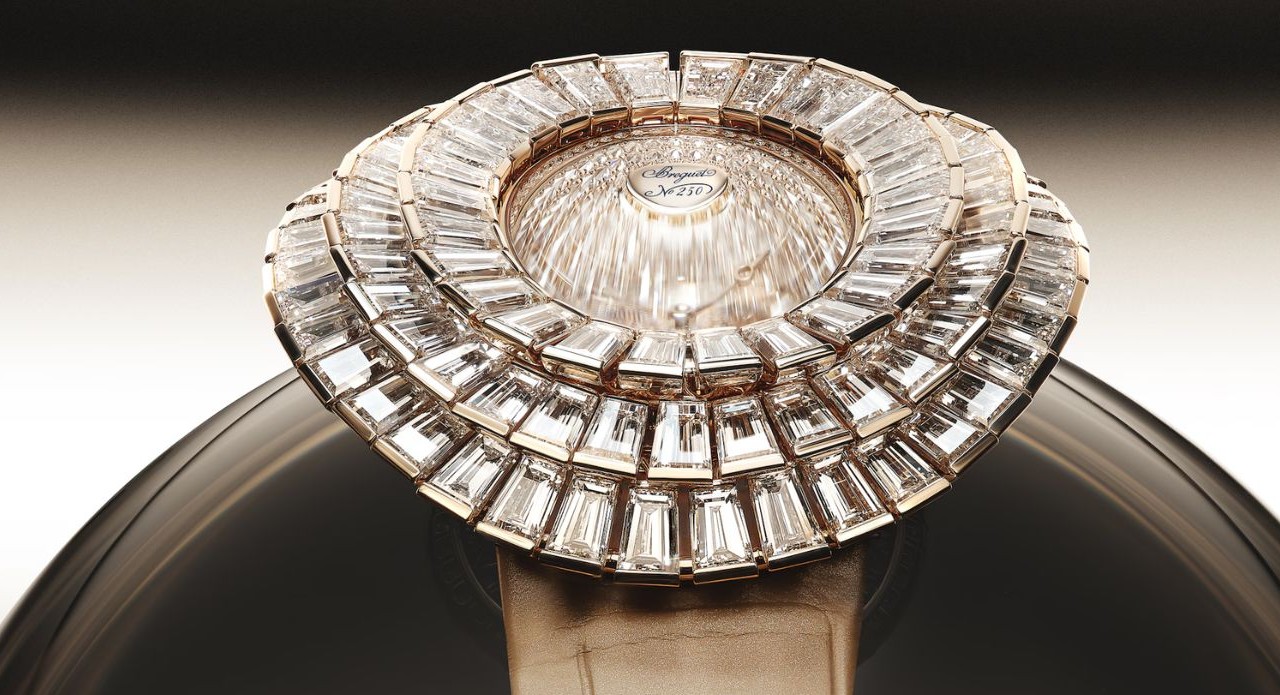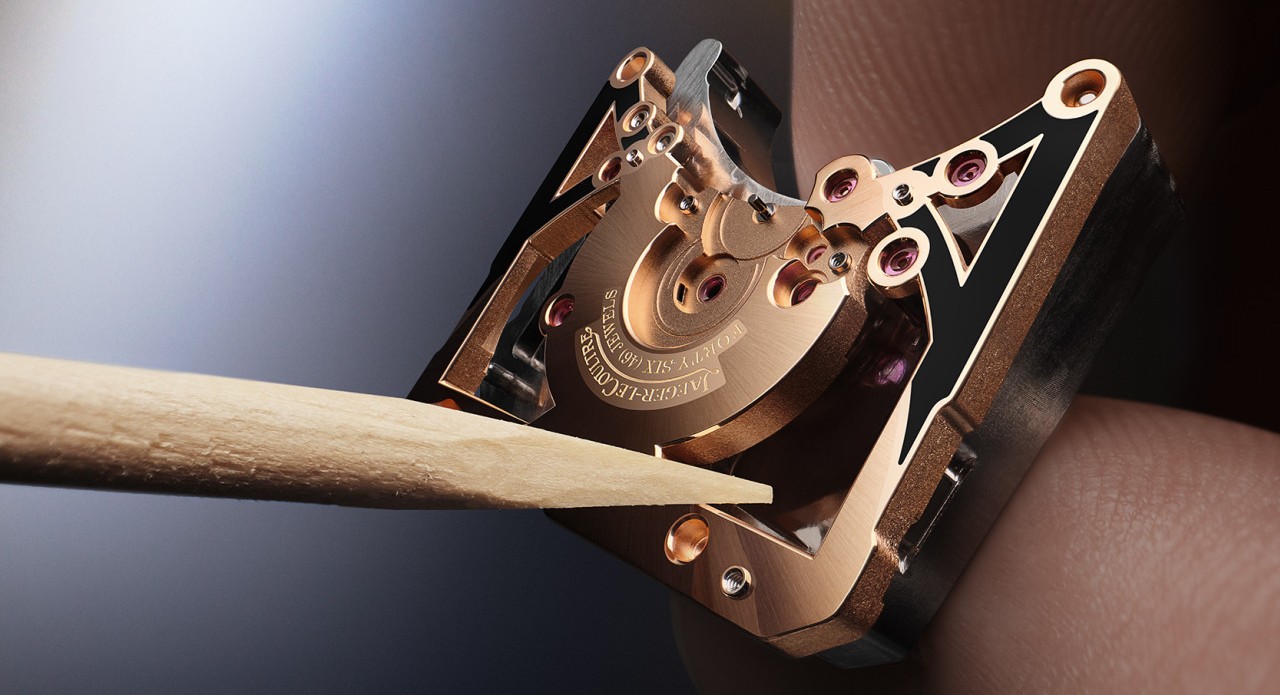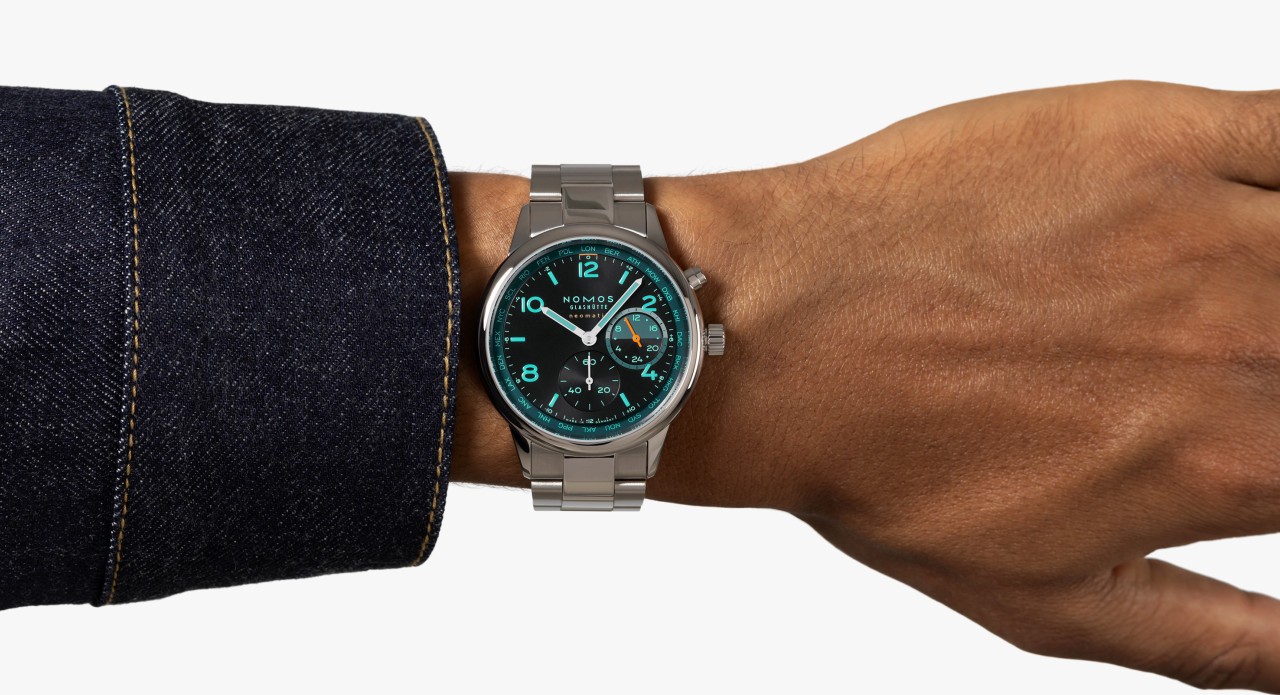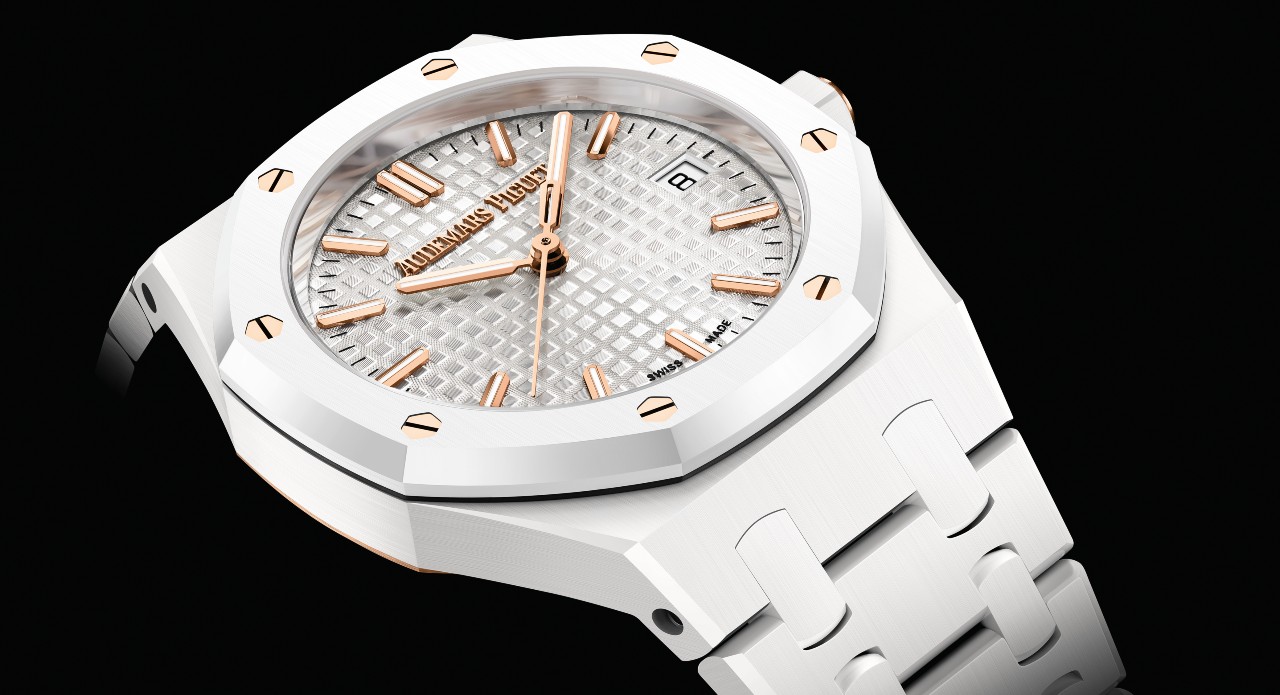When Abraham-Louis Breguet, the legendary 18th-century watchmaker, designed his now-iconic numerals, he wasn’t merely creating a new aesthetic for timekeeping — he was defining an enduring language of elegance. The Breguet hour markers, also known as Breguet numerals, first appeared in the late 1700s and were instantly recognisable for their refined balance, airy curves, and mathematical grace. Inspired by neoclassical calligraphy, these numerals featured delicate upstrokes, circular flourishes, and tapering forms that reflected the age’s fascination with symmetry and rational beauty.
What made them revolutionary at the time was their legibility paired with sophistication. While most numerals of the period were ornate and crowded, Breguet’s interpretation embodied restraint and proportion. They perfectly complemented his other design innovations — such as guilloché dials, blued steel hands, and minimalist aesthetics — marking a departure from the heavy Rococo influences that dominated earlier watchmaking styles.
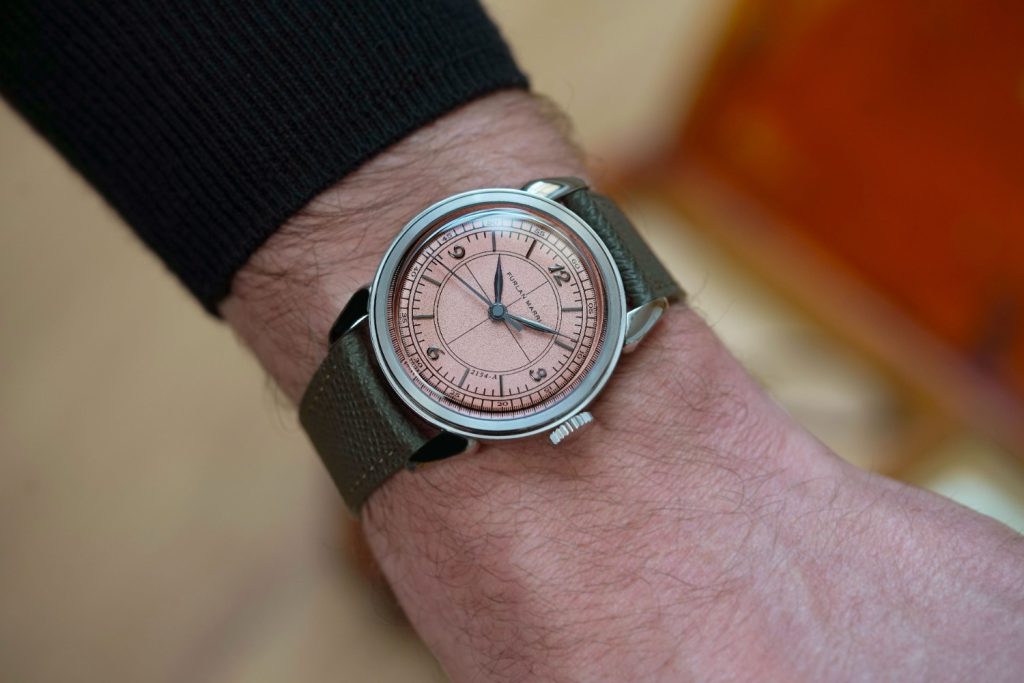
Design That Balances Function and Flair
Each Breguet numeral seems to have been drawn with a mathematician’s compass and an artist’s pen. Their open loops, slender lines, and carefully balanced thickness create a sense of rhythm that enhances both the visual harmony and functional clarity of a dial. Unlike Roman numerals, which exude classical gravitas, or Arabic numerals, which lean toward practicality, Breguet hour markers strike a unique equilibrium between refinement and readability.
Typically applied or printed in black or gold against pale guilloché dials, these numerals subtly shimmer under changing light — elegant yet understated. The combination of precision engraving and optical fluidity makes them not just markers of time, but expressions of an era that valued intellect and aesthetics in equal measure.
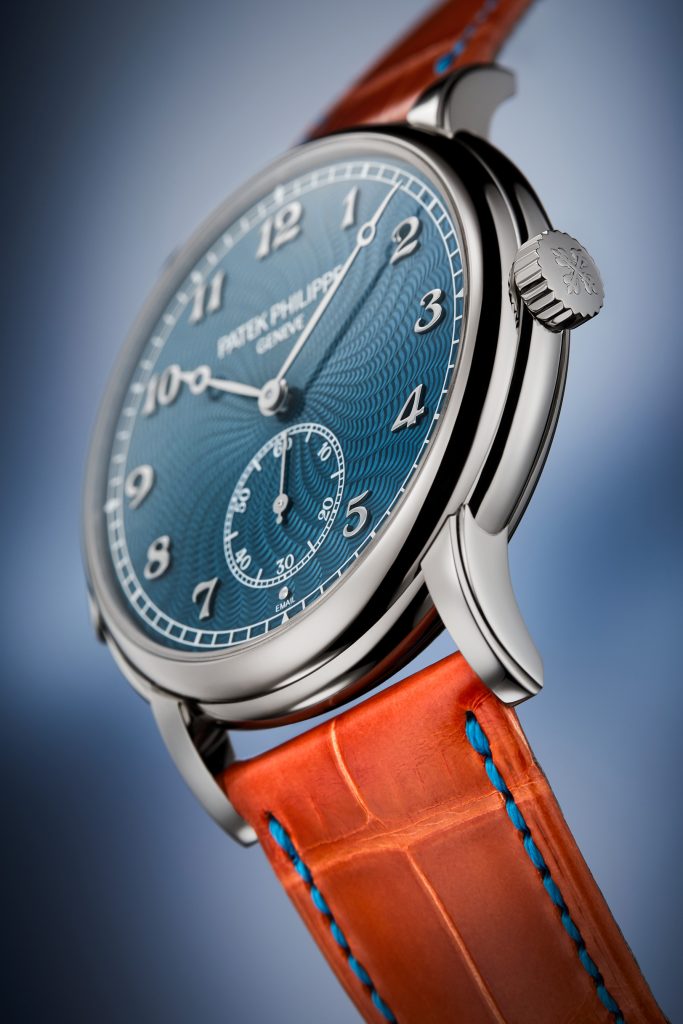
How Breguet Markers Differ from Other Styles
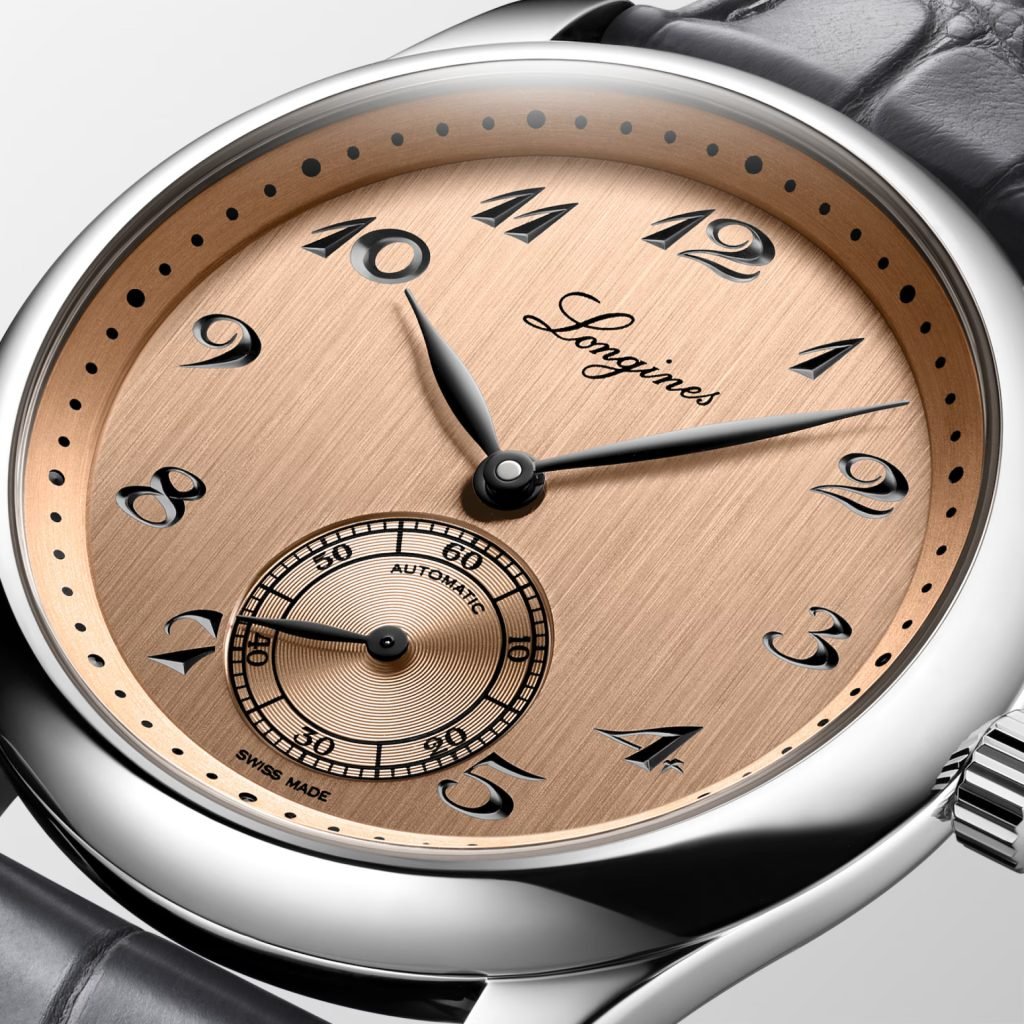
To understand the distinction, one only needs to look across the spectrum of watch dial design. Roman numerals convey tradition and heritage but can sometimes appear formal or crowded, especially on smaller dials. Arabic numerals, meanwhile, are direct and utilitarian, often favoured for tool or pilot watches where legibility takes precedence. Baton or stick markers represent the modern minimalist aesthetic, focusing on clean lines and geometric simplicity.
In contrast, Breguet hour markers bridge history and artistry. They embody the precision of Arabic numerals yet carry the flourish of calligraphy — a duality that few other styles achieve. Their looping curves lend a distinctly human touch to mechanical engineering, a visual softness that counterbalances the crispness of watchmaking metalwork.
Breguet Numerals in Contemporary Horology
Centuries after their inception, Breguet numerals continue to grace the dials of not only Breguet’s own masterpieces, such as the Classique and Tradition lines, but also timepieces from brands that pay homage to his influence — from Patek Philippe to Vacheron Constantin and A. Lange & Söhne. Each interpretation adapts the numerals to modern sensibilities while maintaining their characteristic poise and proportion.
Their presence instantly elevates a dial, signalling not just luxury but lineage — a subtle nod to one of horology’s greatest pioneers. In contemporary design, where minimalism often dominates, Breguet numerals serve as a reminder that ornamentation can coexist with function, and that beauty, when executed with purpose, never goes out of style.
